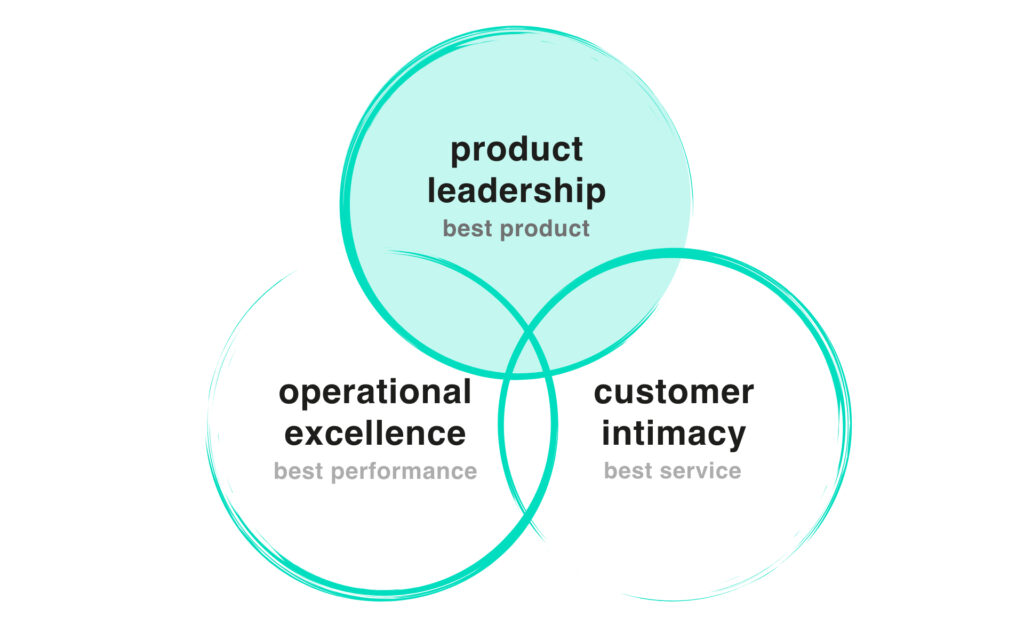
Strategic Mastery: Leadership Excellence

Strategic Mastery: Leadership Excellence
In the ever-evolving landscape of business, strategic leadership is the linchpin for sustained success. Explore the key facets of strategic leadership excellence and how it contributes to organizational growth and resilience.
The Link to Mastery: Strategic Leadership Excellence
For comprehensive insights into strategic leadership excellence and how it drives organizational success, visit Strategic Leadership Excellence. This resource provides valuable perspectives and expert advice on cultivating strategic mastery in leadership for long-term business excellence.
Visionary Leadership for Direction
Strategic leadership begins with visionary leadership that sets the direction for the organization. Visionary leaders have a clear understanding of the future landscape and articulate a compelling vision that inspires and aligns the team toward common goals. This visionary approach provides a roadmap for strategic decision-making.
Strategic Decision-Making for Success
At the core of strategic leadership is the ability to make informed and timely decisions that align with the overall vision. Strategic leaders assess situations critically, analyze data, and consider long-term implications. Their decisions are guided by a deep understanding of the organization’s strengths, weaknesses, opportunities, and threats.
Adaptability and Change Management
In the dynamic business environment, strategic leaders must be adaptable and adept at change management. They anticipate industry shifts, technological advancements, and market trends. Embracing change and guiding the organization through transitions are essential aspects of strategic leadership excellence.
Effective Communication Strategies
Communication is a fundamental pillar of strategic leadership excellence. Leaders must effectively communicate the organizational vision, goals, and strategies to inspire and align the team. Clear communication fosters a shared understanding, builds trust, and ensures everyone is moving in the same strategic direction.
Cultivating a High-Performing Team
Strategic leaders understand the importance of cultivating a high-performing team. They prioritize talent management, foster a culture of collaboration, and empower individuals to contribute their best. A strategically aligned team is more innovative, adaptable, and capable of executing the organization’s strategic initiatives.
Risk Management and Mitigation
Strategic leadership involves calculated risk-taking. Leaders assess potential risks, identify mitigation strategies, and make decisions that balance risk and reward. By embracing a risk-aware culture, strategic leaders navigate uncertainties while ensuring the organization remains resilient and prepared for challenges.
Strategic Alignment of Resources
Efficient resource allocation is a hallmark of strategic leadership excellence. Leaders strategically align human, financial, and technological resources to support organizational goals. This involves prioritizing initiatives, optimizing budgets, and ensuring that resources are deployed where they contribute the most value.
Continuous Learning and Innovation
Strategic leaders foster a culture of continuous learning and innovation. They encourage experimentation, value creativity, and provide the necessary support for ongoing professional development. This commitment to learning and innovation ensures the organization stays ahead in a rapidly evolving business landscape.
Building Strategic Partnerships
Strategic leadership extends beyond organizational boundaries. Leaders actively seek and build strategic partnerships that enhance the organization’s capabilities and market presence. Collaborative relationships with other businesses, industry leaders, and stakeholders contribute to a broader strategic perspective.
Conclusion: Nurturing Strategic Excellence
In conclusion, strategic leadership excellence is a dynamic and multifaceted approach that encompasses vision, decision-making, adaptability, and effective communication. By cultivating these qualities, leaders can guide their organizations toward long-term success in an ever-changing business landscape. Explore Strategic Leadership Excellence for ongoing insights into nurturing strategic excellence and achieving organizational mastery.


